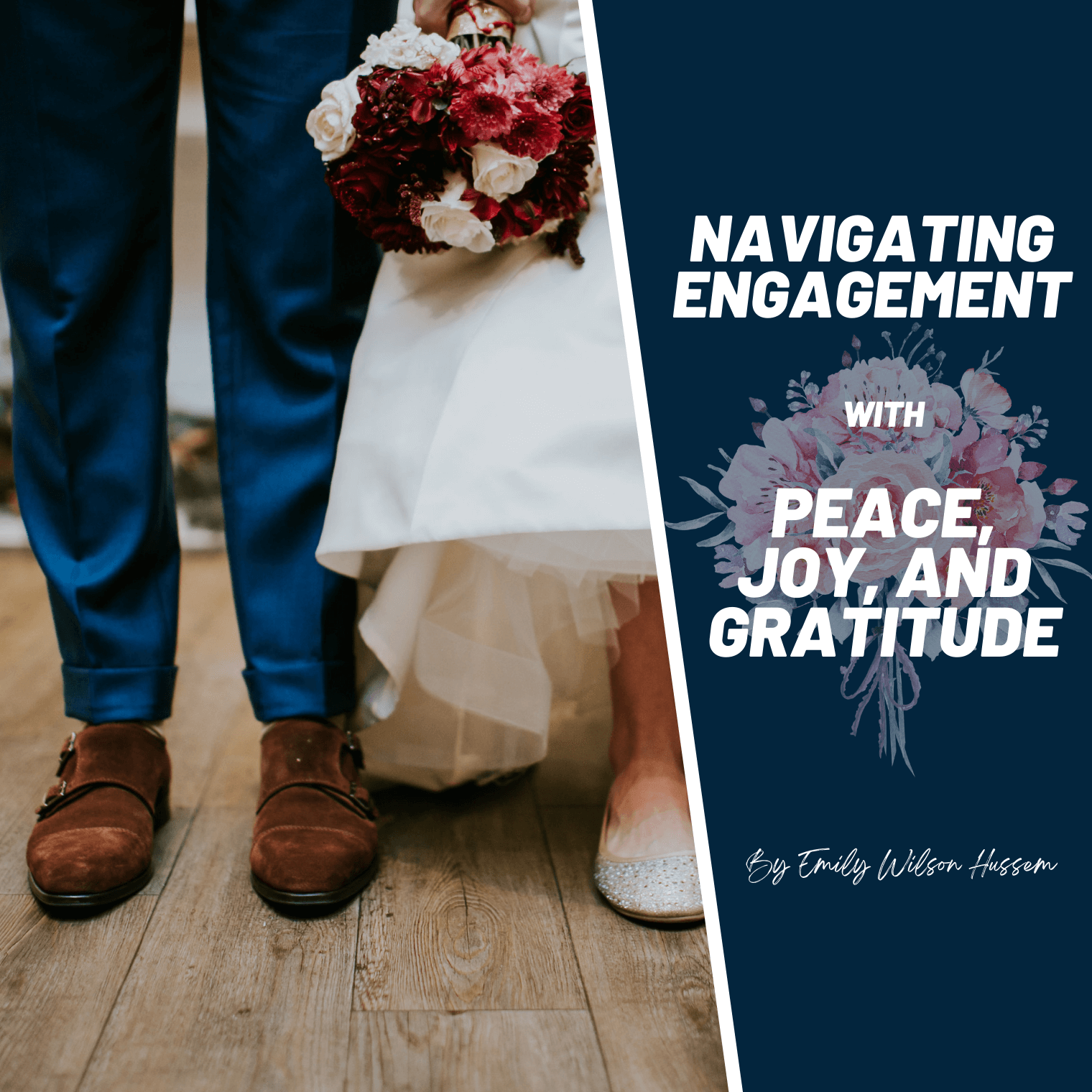A Short History of the Veil
The veil evokes a plethora of images: from the Blessed Mother’s linen mantle, to the bridal silhouette and little girls receiving their first Holy Communion, to Muslim hijabs, and to shoulder-length lace mantillas at Mass. The veil has taken on various forms over thousands of years, a timeless thread running through the fabric of cultural moments and religious movements.
But where did it all begin? Why has this peculiar article of fashion outlasted other periodic apparel like towering powdered wigs and corsets (thank goodness!)?
To begin, we need to cover nearly three thousand years—so let’s jump in.
Veiling has deep roots in both cultural practice and religious significance, but it is surprisingly difficult to chronicle. There are several reasons for this—clothing isn’t something commonly preserved, so most of the research is gleaned from frescos and pottery depictions; however, some religions (such as Judaism and Islam) do not believe in sacred art, so we are left to piece together nuanced verses from ancient texts.
The earliest record of the veil comes from 1400 B.C. when elite women in ancient Mesopotamia wore the veil as a sign of status. (And you thought this was going to be about modesty, didn’t you?)
Greece endorsed this hierarchical practice around 550 B.C., particularly among the matrons of its high society. Roman women, on the other hand, were expected to wear veils as a symbol of a husband's authority over his wife; a married woman who omitted the veil was seen as withdrawing herself from marriage. Young Roman women did not veil until their wedding day, when they donned a veil called flammeum “flame-colored,” which was the most prominent feature of the ensemble. This is arguably when the practice of wearing wedding veils began. Part of the veil’s purpose was to hide the bride from evil spirits that sought to prevent weddings. After a wedding, it was a social moreè for women to cover their heads in public.
Because the Kingdom of Israel fell under Roman rule in 63 B.C., Hebrew women picked up the custom as well, though only culturally speaking. Jewish women had been wearing the veil for religious reasons long before, which is referenced all the way back in Genesis 24:65 when Rebekah veiled herself before Isaac.
To set themselves apart, Hebrews fastened tassels on the corners of their garments, as instructed by the Torah. While both men and women veiled their heads in prayer, women remained veiled in public—although there is debate as to whether they did so within their homes—sometimes covering the lower half of their face. In turn, Christian women inherited this custom from their Hebrew ancestors.
In regards to Muslim veiling, this practice has been around since the seventh century, slightly predating Islam. There are different kinds of veils within the Muslim culture, including the hijab, niqab, burqa and chador. Each one of these articles of clothing has a varying degree of concealment – the hijab being the least covered, and the burqa being the most covered. There aren’t definitive reasons why or how this came about but it still represents a myriad of convictions today. For example, a Muslim woman may choose to veil to make a statement about her views on sexual modesty or as a rejection of western views of sexuality; others, however, may veil as a symbol of their piety.
Throughout history, the veil has taken on various shapes and forms, such as the medieval wimple during the Anglo-Saxon period of the latter 12th century, when the entirety of a woman’s head would (in some shape or fashion) be covered. Often, the intent of these veils was to exude certain characteristics that were deemed valuable for women during the time period, such as modesty, piety and submission.
The wedding veil saw a revival in the 19th century. It had taken on various connotations throughout prior centuries—ranging from modesty to symbolizing virginity—until the Victorian era when wearing a long, expensive veil quickly became a status symbol.
Sheer veils were only worn on occasion, such as at a funeral or if the woman was to be exposed outdoors for long stretches of time and needed protection from the sun.
Throughout time, whatever the reason for donning a veil, it became tradition for married women to wear black or darker colored mantillas while unmarried women wore white or lighter colors. This is still done today by women discerning in religious orders; most often, novices wear a lighter color veil before they are fully professed and take on a darker color. But veiling on religious occasions, outside of marriage or religious vocations, was still common up until Vatican II.
Mantillas are the small lace or silk veils you may see worn at Mass. The practice of veiling with a mantilla when in a church has its roots in Corinthians 11, where St. Paul encourages women going to pray to cover their heads. St. Paul was speaking within a cultural context; however, it’s been prone to debate throughout the centuries.
What is clear about this practice within the Church is the 1983 Code of Canon Law, currently in effect, does not contain a requirement that women cover their heads in church.
Just as the Church does not mandate that every person pray the Rosary, neither does she mandate that every woman wear a veil. This does not mean, however, that either is not a worthy devotion. On the contrary, these devotions are pleasing to God when done out of love for Him.
More recently, there’s been a resurgence in the practice of women wearing veils to Mass.
"There's a new uprising in the Church of millennials who are actually wanting a more traditional take on their faith," shares Leah Darrow, a former America’s Next Top Model contestant turned Catholic speaker and author. (You can read her full interview on veilsbylily.com). "There is something beautiful about how that piece of fashion speaks to faith and prayer life."
On the Veils By Lily website, a veiling business founded by Lily Beck Wilson, it quotes an anonymous priest saying, “The veil is meant to be an external sign of a woman's interior desire to humble herself before God, truly present in the Blessed Sacrament. As women, we are symbols of the Church—the Bride of Christ and the veil is meant to be a visible reminder of the perfect submission of the Church to the loving rule of Christ. The veil is a visual sermon...a public proclamation before the Lord that He IS the Lord and that we love Him and that we are ready to obey Him. It's a totally counter-cultural statement proclaiming obedience in the midst of a culture that is totally permeated with this attitude of 'I will not serve.’”
Given the rich historical significance of the veil, it is easy to see that veiling is about so much more than modesty, spirituality or a fashion statement. The veil has outlasted so many other period costume pieces because this particular garment has woven itself into the very fabric of both the cultural and historical intricacies of society.











